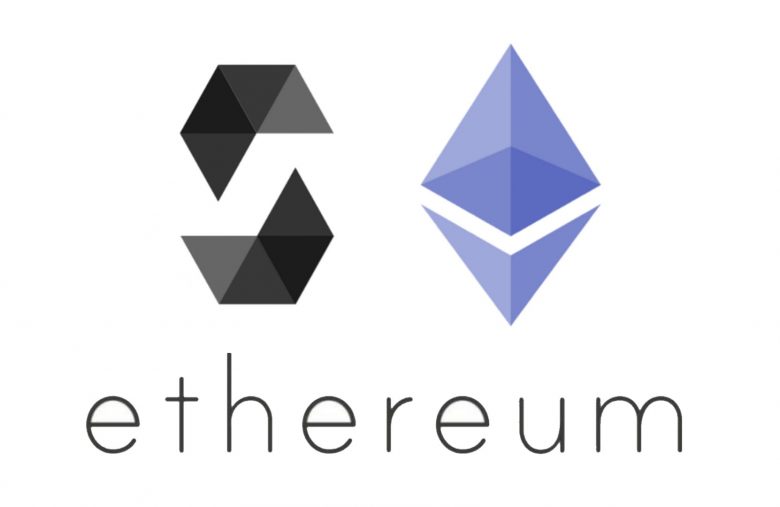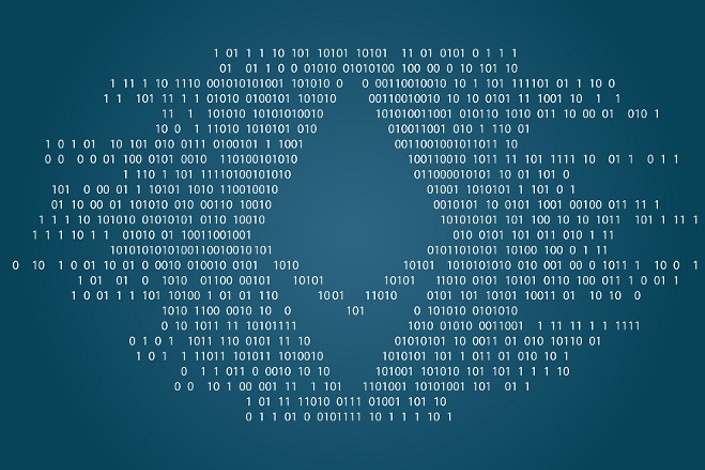
Solidity is the computer code that makes the Ethereum network run. It allows for the creation of smart contracts and Dapps on the platform, expanding on what networks like Bitcoin can offer.
What you are reading now is a text block the most basic block of all. The text block has its own controls to be moved freely around the post…
In the beginning, there was Bitcoin. It was a fast, easy way to exchange money in a decentralized way – no banks involved. And people could trust it because every transaction is recorded in a public ledger that can’t be changed.
But Bitcoin was limited. Blockchain technology had the potential to do so much more than peer to peer currency exchanges if it had the right code. So the Ethereum network was created, underpinned by a new language called Solidity. We explore its origins and its aims below.
What is Solidity?
Solidity is a computer programming language that was built to run the Ethereum blockchain platform. It was shaped by existing languages C++, Python, and JavaScript and is primarily designed to allow smart contracts to be created on the network.

Who created Solidity
Computer scientist Gavin Wood originally came up with the concept of the Solidity language. Wood served as the CTO at Ethereum for two years. His idea was taken forward by Christian Reitwiessner, who led a team of people to actually develop it.
Why is Solidity so special
Solidity is the code behind Ethereum – one of the largest blockchain platforms in the world. Ethereum is widely known as the evolution of Bitcoin, though the two are sometimes confused.
They do share similarities – like being a blockchain platform with a built-in token. Bitcoin’s currency (Bitcoin) and Ethereum’s currency (ETH) are two of the most valuable and widely traded cryptocurrencies available.
That’s where the similarities end. The Bitcoin network was created as a peer-to-peer currency exchange. Bitcoin as a token was always meant to be a store of value – an asset.
On the other hand, Ethereum was created as a way for people to transfer basically anything of value, not just cryptocurrency. The token, Ether, was created as a way to pay for those transactions on the platform. It was made to be fuel for the network, not an asset like Bitcoin.
Since it was too complicated to trade anything other than cryptocurrencies on the Bitcoin platform, the team at Ethereum created a new system. It required a computing language with far more flexibility than Bitcoin’s (largely written in C++), so they wrote the language Solidity.
What can you create with Solidity?
- Dapps: The programming language gives developers the ability to create their own decentralized apps. A way to think about is like apps you get on your smartphone. You can download all kinds of apps from the app store, from games to fitness to banking. Dapps are the same. The main difference is that they are open source and don’t have a middleman. Just like apps in the Apple app store are built to run on iOS, Dapps on Ethereum are built to run on Solidity.
- Smart Contracts: Within Dapps, there are pieces of code known as smart contracts. These help people exchange money, shares, property and nearly anything of value when certain conditions are met. That eliminates the need for an expensive third party like a notary.
- ICOs: Developers can also create their own tokens and launch an ICO right on the Ethereum platform. These tokens are known as ERC20 tokens (click here to know what erc20 tokens are)
Did you know?
The most popular Dapps on Ethereum right now are crypto exchanges, followed by games and gambling.
What’s next?
Ethereum is changing. The slew of developments and upgrades are bundled together under the banner, Ethereum 2.0. This will include developments like a new proof of stake, and sharding to make the blockchain run faster.
It’s all being done as an open source project by a large group of developers and researchers. This community goes far beyond the Ethereum Foundation – the group behind Ethereum. As such, there have been problems, disagreements, and roadblocks along the way, you can read about some of those issues in our ongoing coverage on the future of Ethereum. But whatever happens Solidity is here to stay.
That’s it guys. Please leave a comment down below for any question you have about this article and I’ll be answering! Remember, we are all here to learn and there are no stupid questions
Thank you !




